Acrylic paint is a water-soluble, synthetic medium characterized for its high versatility and forgiving nature making it highly accessible for beginners.
With it’s origins dating back during the 1940s, acrylic paints offered a fresh range of working properties that meshed those seen in oil and watercolor paints.
The fact that acrylic paints were water-based, could dry quickly, be thinned and cleaned with water led to a surge in popularity as the barrier-to-entry for beginner artists had been reduced.
I personally began my painting journey by using acrylics and recognise their abilities to teach you fundamental principles of painting, painting techniques and methodologies that you will be able to translate across to other mediums.
The essentials
To get started with acrylic painting as a beginner, there are a few key essential art materials that are required.
Paint for Acrylic Painting
When looking into acrylic paints to buy, you need to look at the class of each paint grade. Depending on whether paint lines are student grade, artist grade or professional grade, their quality will vary accordingly.
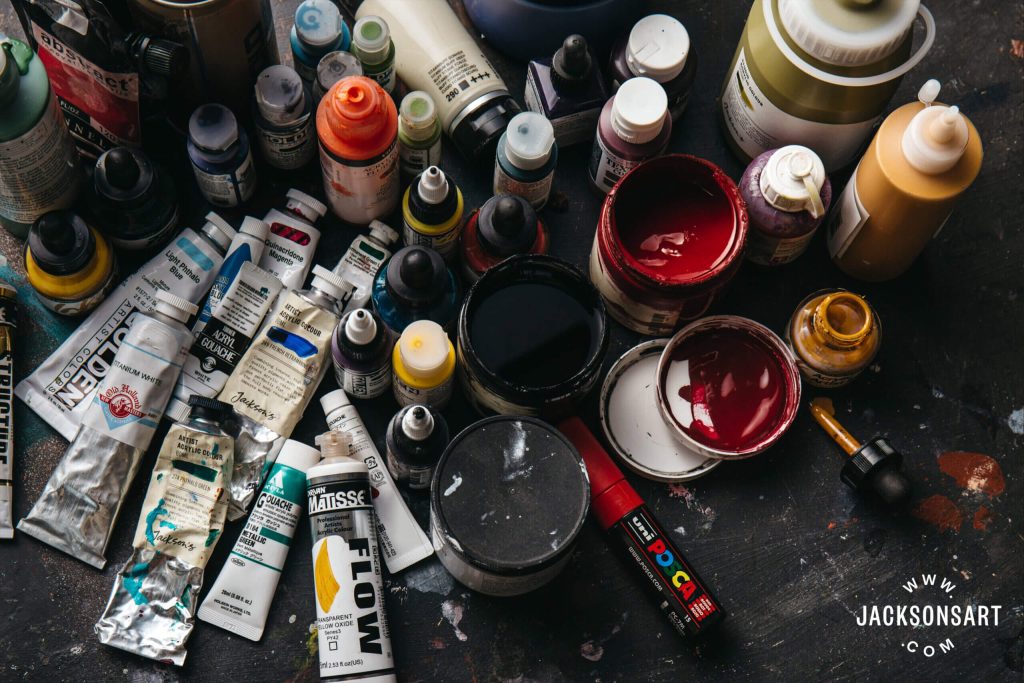
The professional grade acrylic paints are of course the best quality with an optimal pigment to binder ratio that allows for intense color saturation and deep pigmentation from their craftsmanship.
Artist grade acrylic paints have a reduced level of pigmentation but retain a good level of saturation and color vibrancy when applied. Such differences in quality of paints are highlighted by their behaviors including their unique drying times, sheen and texture finishes.
Student grade acrylic paints lack the color saturation, vibrancy and pigmentation of equivalent artist grade and professional line paints. In particular, they will have a uniform sheen when dried due to their higher levels of additives and extenders. However, investing in these will be A LOT more inexpensive compared to artist or professional range acrylics.
Commonly, you will see hgiher series pigments such as Cadmium and Cobalt to be replaced as “hues” in student grade lines to offer an alternative (similar properties and tone) to genuine pigments.
Student grade acrylics are an amazing starting point for those wanting to dabble in acrylic painting, however, you should consider looking into some of the higher grade paints to access more dynamic results without having to compromise the quality of your own artwork.
Types of Acrylic Paint – Different Viscosities
Unlike other painting mediums such as watercolor and oil paint, acrylic paints are available in the greatest number of varieties that are catered toward different painting surfaces and styles. These included tubes that are available in a range of thicknesses, airbrush inks, acrylic paint markers, spray cans and fluids – each formulated with unique characteristics and behaviors when used.
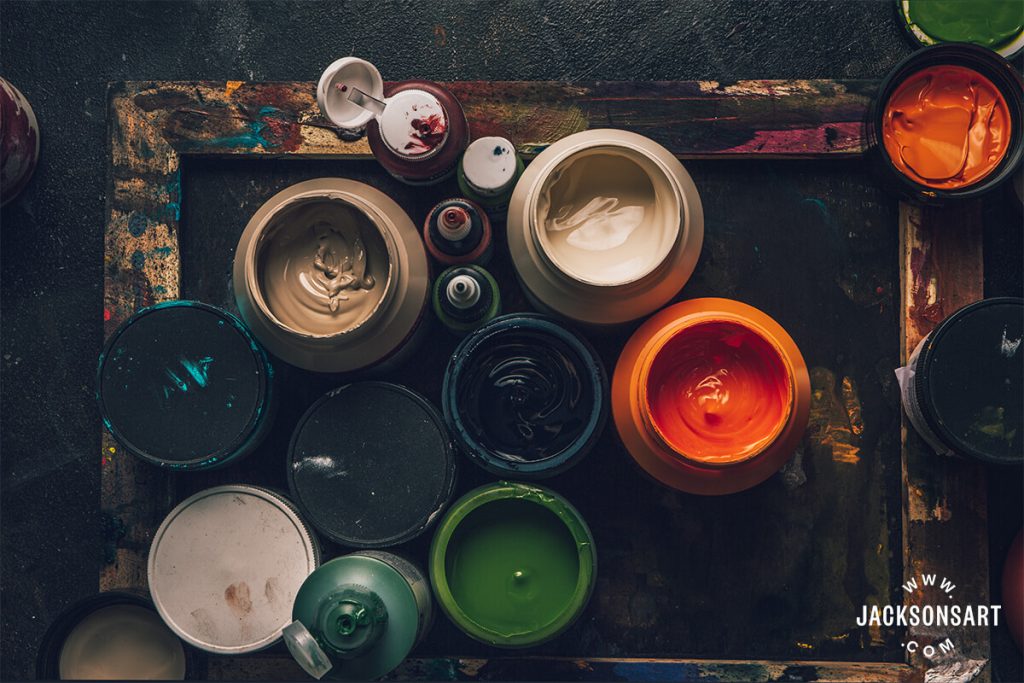
Heaving Body Acrylics
Heavy body acrylic paints possess a thick, high viscosity consistency that are suited for artists who embrace an impasto technique and like to retain the layered texture of their own brush strokes. This type of paint is best achieve using a stiffer haired brush or a palette knife to achieve layers of paint that ‘lift’ off the canvas.
Soft Body Acrylics
Soft body acrylic paints possess a thin, low viscosity consistency similar to a cream. While offering a similar pigment load and color vibrancy as heavy body acrylics, brushstrokes are more subtle and discrete in comparison.

These paints are suited for ease of mixing, fluid art techniques (e.g. acrylic pouring) and general blending which can be applicable to all types of painting.
Acrylic Inks
Acrylic inks possess the lowest viscosity out of all acrylic paint types and are the most fluid in nature. These inks are crafted using ground pigments in a fluid acrylic emulsion in order to be easily applied using a pipette or nozzle lid.
Acrylic inks are suited for the creation of watercolor effects, airbrushing, poured artwork, dip pens, refillable markers and other ink techniques.
Acrylic Paint Markers
Acrylic markers contain acrylic inks that is funnelled through with the precision of a pen nib. Typically, acrylic markers function using a pump action to release ink from the pen’s body to saturate the nib. Some great effects such as drips and smears can be achieved using acrylic paint markers.
Acrylic Gouache
Acrylic gouache paints offer all the benefits of a traditional gouache paint but with the inclusion of an acrylic binder to layer paint that dries with an opaque, flat, matte finish without gestural brushstrokes appearing. These paints are optimal for illustrators and designers that regularly produce replicable artwork.
Slow Drying Acrylics
Slow drying acrylics open painters up to work with techniques that have been typically restricted to oil paints. These paints are not suitable for impasto techniques but rather for smooth blends and realism pieces.
What type of acrylic paint should you use?
The type of acrylic paint you should use is entirely up to personal preference which differs according to your style of painting.
Do you like building up layers of paint? If so, you’d want to start with heavy body acrylics?
Do you lean toward a more animated style of painting? Acrylic gouache would be for you.
Brushes for Acrylic Painting
Almost all brushes you find can be used for acrylic painting and it mostly comes down to personal preference when choosing which brush to paint with.
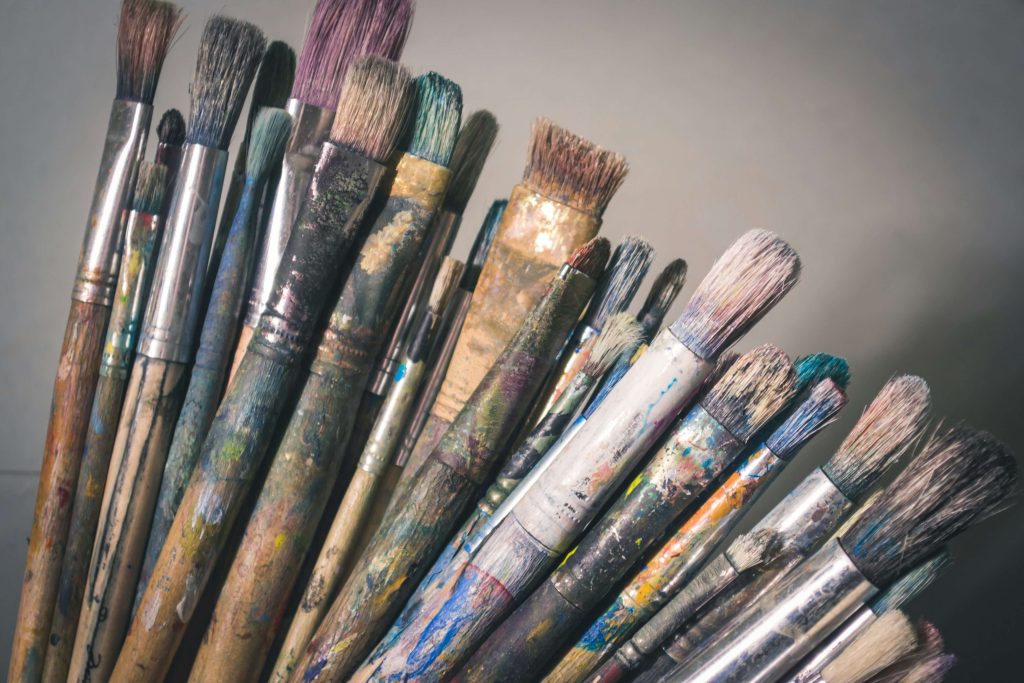
Despite this…
There are a few things to consider before checking out and investing in a good set of quality brushes for your acrylic paintings.
The key thing to note is that different brushes will behave in different ways, ultimately influencing the brushstrokes they are capable of producing.
Their shape is one of the main factors resulting in these differences where typically, flat brushes are used to make crisp, squared edges; round brushes are used to produce lozenge shaped impressions or lines; filbert brushes offer a softer finish when painted with. There are so many more different types of brushes you can experiment with and which are usually included in a set.
Soft brushes
With more delicate bristles, soft haired brushes are best suited for smooth applications of color and seamless gradients. With soft brushes, you possess a greater level of control with acrylic paints that is great for a style grounded in realism or soft blends.
Medium brushes
Medium brushes are more stiff compared to soft brushes and will leave a textured imprint when using heavy body paint. However, medium brushes still retain a good degree of softness to allow for smooth blending as well. Generally, most acrylic and oil paint brushes that you find will be considered as “medium” brushes, sitting within a nice middle ground between being too soft and too stiff.
Stiff brushes
Stiff brushes are best suited for impasto painting to generate high textured finishes. These brushes feel almost like painting with a palette knife other than the imprints left with bristles upon painting.
Palette knives
Palette knives are probably my second most used painting tool (next to brushes) for their versatility and use for creating sharp edges and thick impasto applications of color.

They’re also just super useful for mixing different pigments together to avoid loading brushes with paint (that often remain unmixed if not careful).
While I personally use palette knives to apply paint onto canvas, they can also be utilized to remove dried layers of paint from the canvas when manipulating the physical, dimensional quality of a work.
Palette
There is a multitude of palettes that you could use for acrylic paint.
- Tear off palettes are highly convenient as they remove the hassle of washing a messy palette at the end of a session. These palettes consist of several waxy layers that you can tear away to start a new fresh palette for you to mix paint on. However, I do not recommend going with tear off palettes if you’re thinking of plein air painting due to their light weight form factor.
- Stay wet palettes are great for prolonging the duration of your acrylic painting session to keep pre-mixed colors fresh for the next time you paint. They typically consist of a tray that contains water that you pour in to enable a layer of moister to stop paint from drying.
- Traditional palettes made from glass, wood or plastic are non absorbent smooth surfaces that provides an excellent area for color mixing. Be careful with brand new wooden palettes as untreated wooden surfaces are easily stained when used for the first few times and will requiring varnishing with acrylic gesso before use.
Surfaces
The great thing about acrylic paints is that you can pretty much paint on anything you want. The most common surfaces include white panels and canvases.
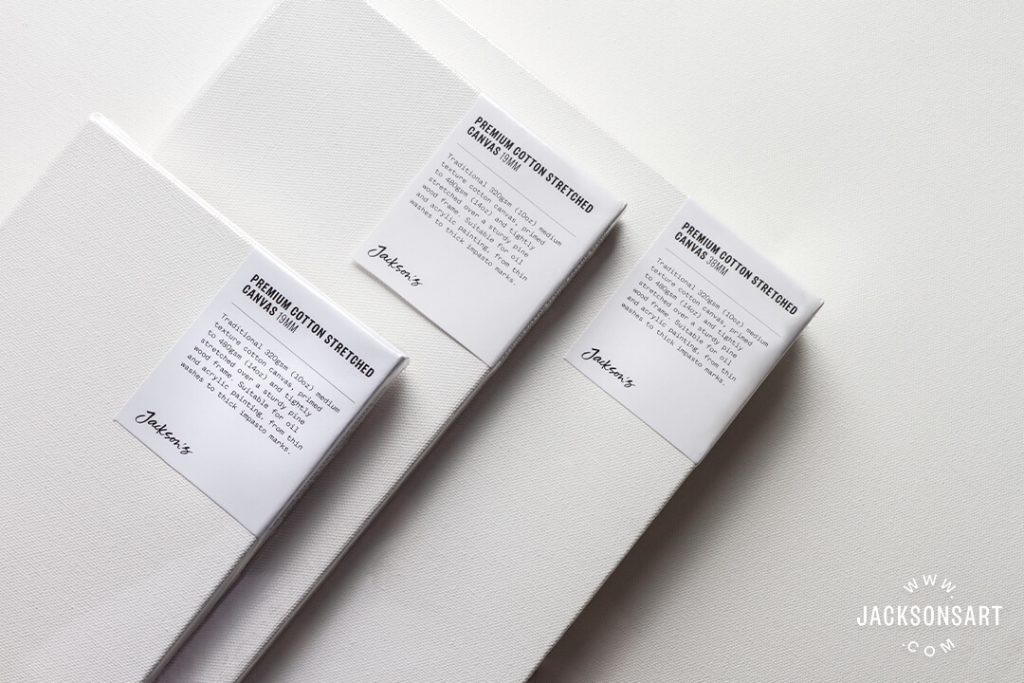
- Panels (typically smooth or covered in linen/cotton) allow for crisp clean edged brush marks that are resistant against changes in humidity or temperature. They can be cradled or uncradled.
- Stretched canvas (typically made from linen or cotton) across a wooden frame enables a responsive surface which can contribute to the dynamism and fluidity of a painting session. You have the freedom of stretching your own canvas as you choose but I’d recommend you work with a prepared surface when starting out in order to establish your preferences moving forward.
Easel
While not essential in acrylic painting, an easel can be very useful for propping up your canvas to paint on rather than craning your head over the desk.
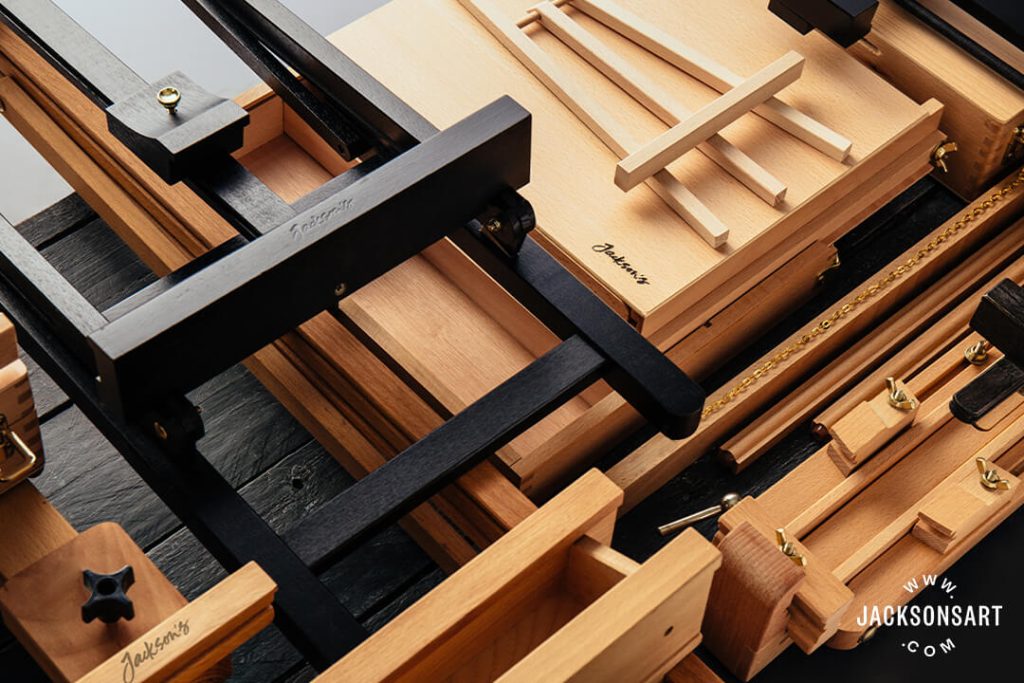
It is particularly useful if you’re intending to work on an acrylic artwork for an extended period of time (encourages better posture) or wanting to embrace advantageous lighting conditions in which painting on a desk would limit.
When painting with acrylics, it’s important that you have an area with enough open space and great lighting to not feel restricted during the process.

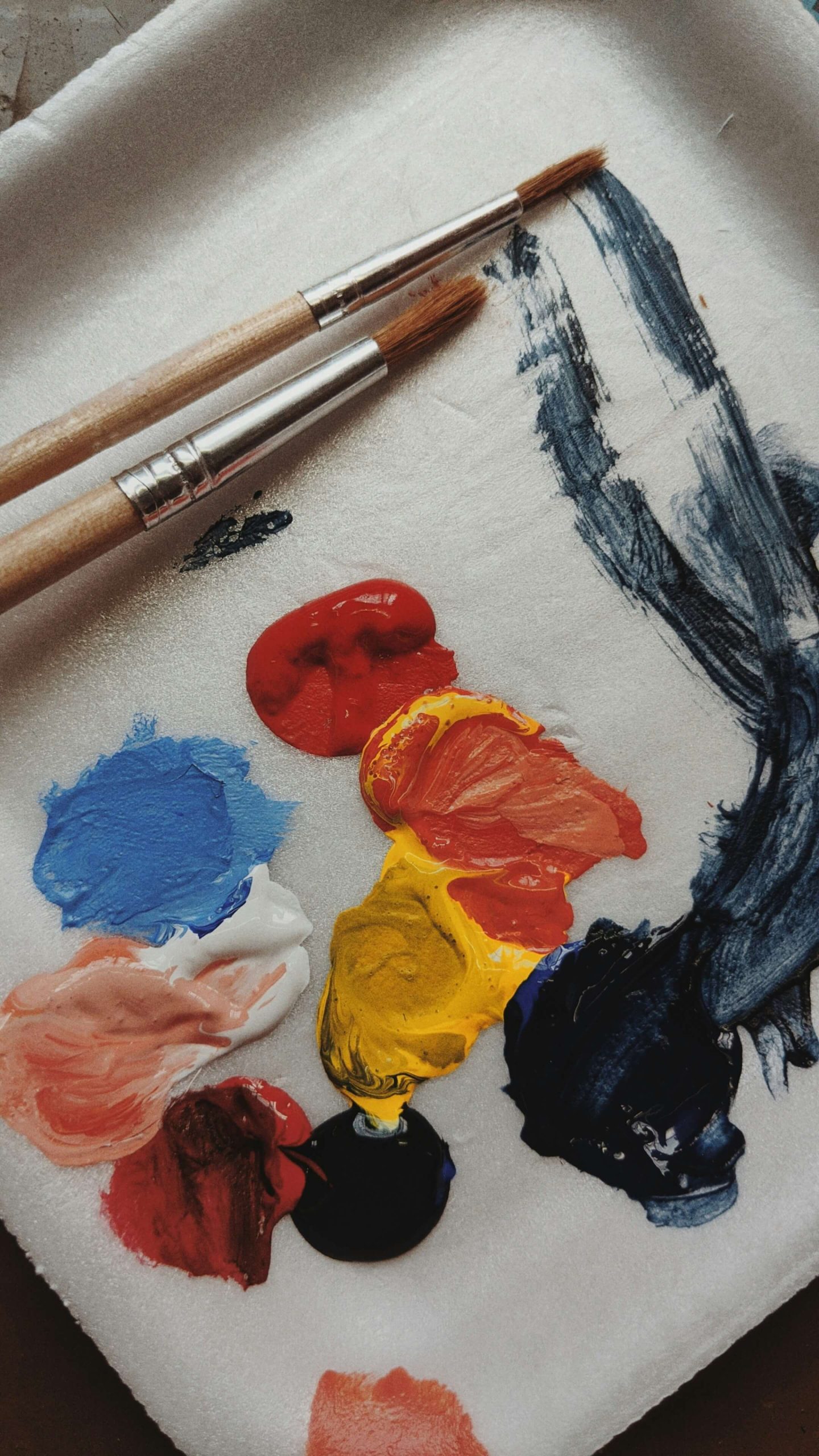

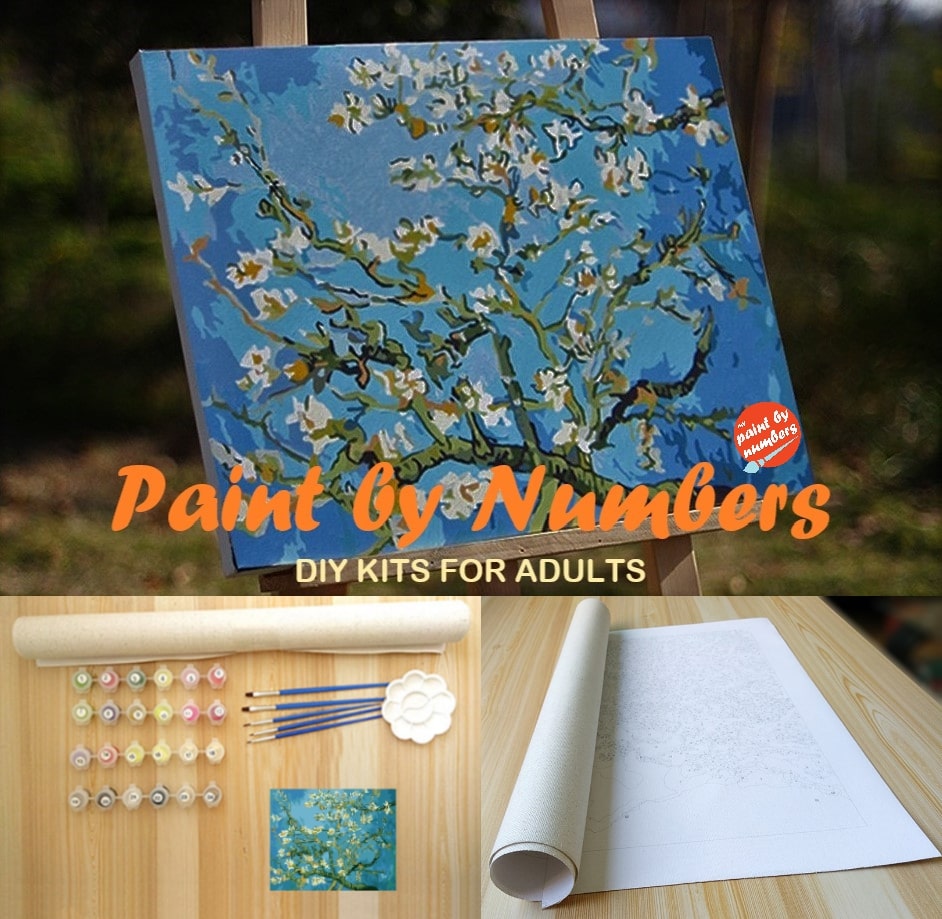
Leave a Reply